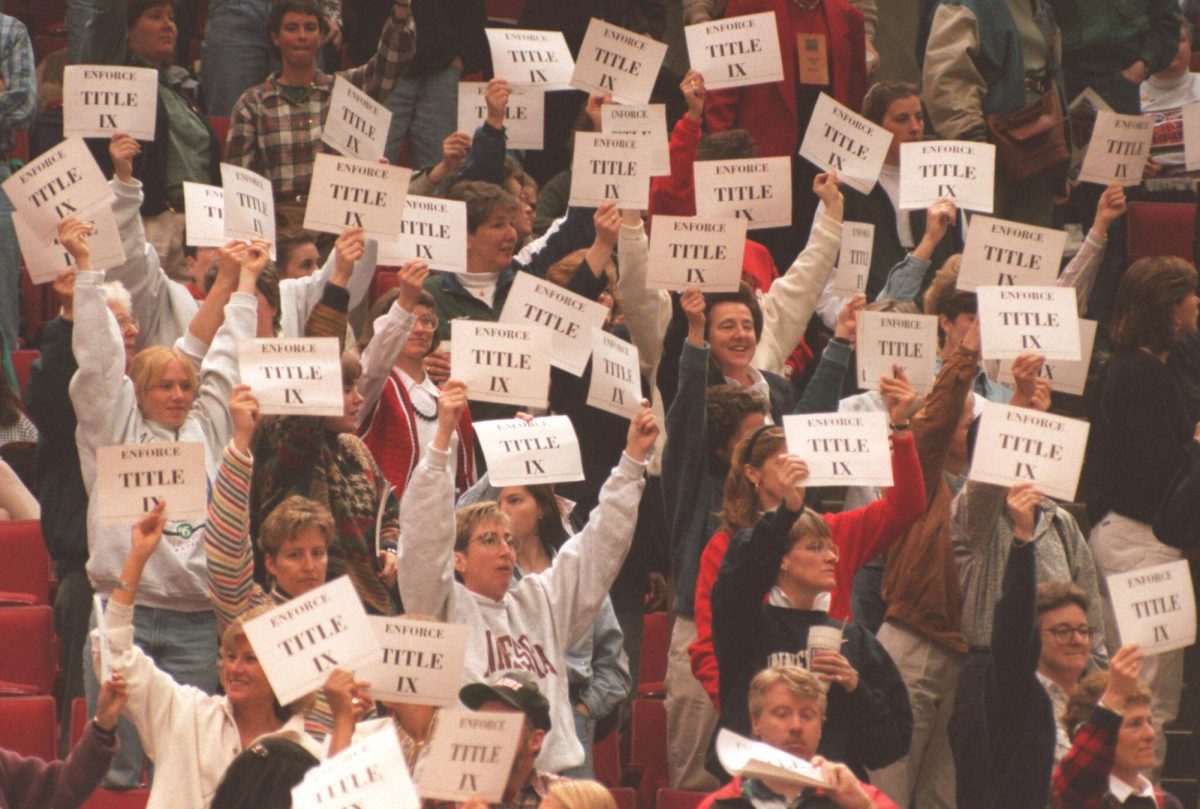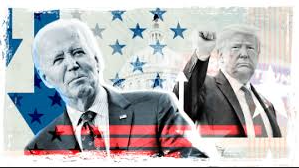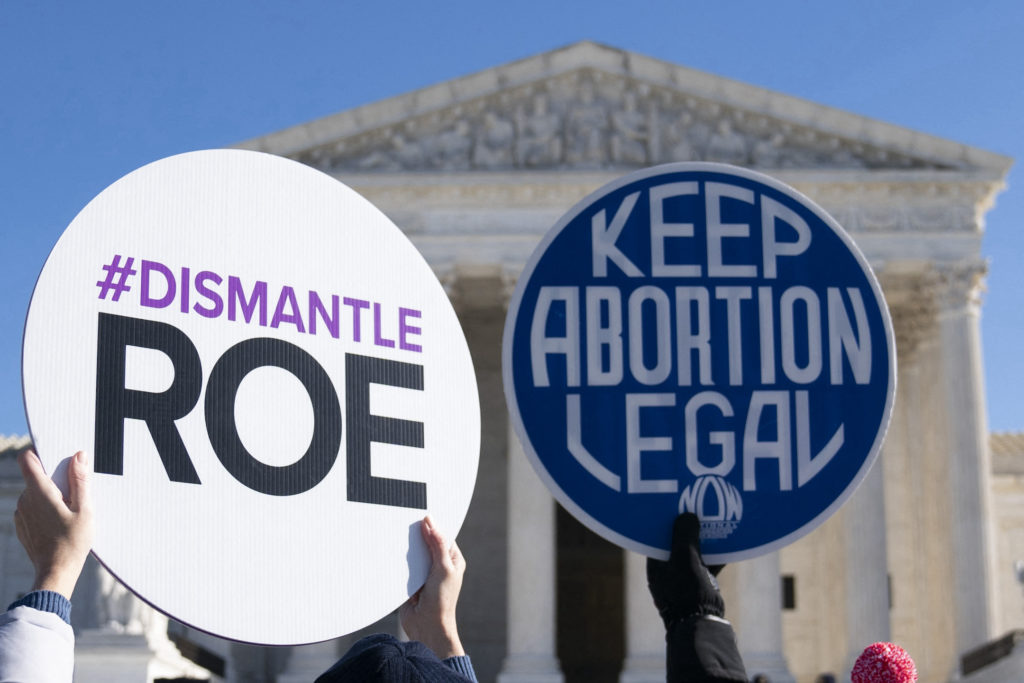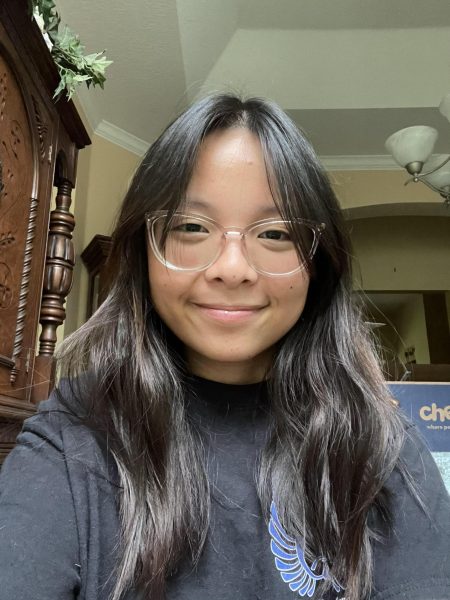As we all know, the topic of guns, and everything that follows, is a very heated debate—one that America has had to discuss too many times. Quite recently, there was yet again another shooting. This time it was at the Super Bowl parade, held on February 14th. When incidents such as this occur, it should be no surprise that they happen in the first place. Considering the fact that according to Ammo.com, it’s estimated that around 82,880,000 Americans own at least one firearm as of 2023. It is a sad but harsh reality of the world we live in. Yet the most worrying part about this whole topic is the way we as a society have accepted gun violence and normalized it to this point.
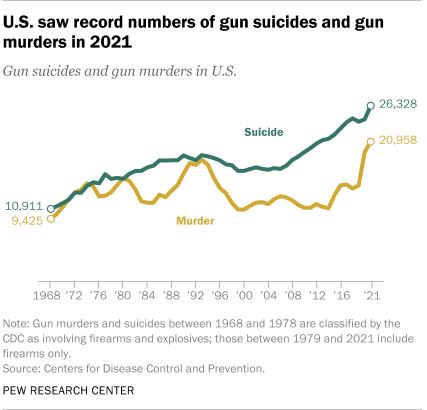
When most people hear the word gun violence, they automatically think of mass shootings. Though they are not wrong, it is important to add that gun violence also accounts for suicides, homicides, violent crime, and any other gun-related death or injury, unintentional or not. Part of the reason many jump to the thought of mass shootings when they hear the term gun violence is mainly because of the media. In recent years, it has become more frequent to see the news cover shooting after shooting. With this push from the media, it leads many to believe that overall gun violence has increased exponentially. Surprisingly, statistics show that gun homicides have decreased by 7.7 percent from 2022 to 2023, “the largest such decline since it began reporting in 2014,” according to Americanprogress.org. Similarly, Pewresearch.org reports that in 2021 there were 14.6 gun deaths per capita, which though it was the highest we’ve seen since the 90’s, still falls under the rate of 16.3 gun deaths per 100,000 people in the 70’s. On the other hand, gun suicide rates have almost equaled that of the rates in the 70’s with there being 7.5 per 100,000 people compared to the measure of 7.7 in 1977.

Even though overall gun violence is not as high as it was in the last few decades, during the pandemic there was an extreme increase in the rates of gun murders (up 45 percent from 2019). Additionally, the FBI found that the number of active shooter incidents between 2000 and 2021 increased as well. There were three incidents in 2000. By 2021, that number turned to 61. Pewresearch.org points out that “fatalities in mass shooting incidents in the U.S. account for a small fraction of all gun murders that occur nationwide each year.” However, it is almost unbelievable to think that any country would be okay with a rise in mass shootings regardless of the number or how much they contribute to the total amount of gun violence. Although in some aspects gun violence has decreased, it has also increased in others, which goes without saying that the statistics should not take away from the fact that gun violence is still a very real issue in America and shouldn’t be ignored.
The hardest part about handling gun violence is figuring out how to tackle it. However, it can be hard to come up with a solution since there is no root cause and is influenced by a multitude of factors. Mr. Chabot believes the problem can be traced back to “…the proliferation of gun ownership in general.” He goes on to say “It’s basic arithmetic to understand that access to a thing is going to create more accidents with it.” Another reason that gun violence is such an issue in today’s world is because of loose legislation when it comes to buying and owning guns. According to the Bureau of Alcohol, Tobacco, Firearms and Explosives, under the Gun Control Act, shotguns and rifles along with the ammunition for both firearms can be sold only to individuals 18 years of age and older. Although, in some states, the age is 21. “I can’t drink alcohol, but I can own a weapon that can end someone’s life?” expressed Junior Brady Braun. Kristina Mayer, another junior, also points out that “The legislation that eliminated the need for a concealed carry permit in 25 states now, is only making the issue worse as there’s no way to ensure that people are legally carrying firearms anymore.”
In addition, politics is a very polarizing force in America, and it’s made the issue harder to address. “We aren’t listening to each other which is causing more people to want to hurt others,” shared Myah Jones, a junior. A lot of what we see and feel is a direct result of these divided opinions. Policing, for example, is a complex part of this issue. On one side, police are disliked for their involvement in the rise of gun violence. “There’s a flaw in the law enforcement system in that in those circumstances when your adrenaline is high, and your response is to pull out the gun, you should be trained into being able to be calmer in those situations,” explained Brady Braun. On the other hand, Mr. Whitcomb believes there is a strong correlation between the number of shootings and defunding the police. “In 2020 there was this push to defund the police and pushback against the police, and I think there’s a direct connection.” Another point people bring up is the interpretation of the Second Amendment. Some use it as a way to back up their views on legally owning guns. For others, it’s something that can’t be used for validation. “We lead the world in our permissiveness and acquiescence to a passage in our Bill of Rights that is grossly misinterpreted, in my humble opinion. I think we can move past correlation and consign this to causation,” maintained Mr. Blevins.
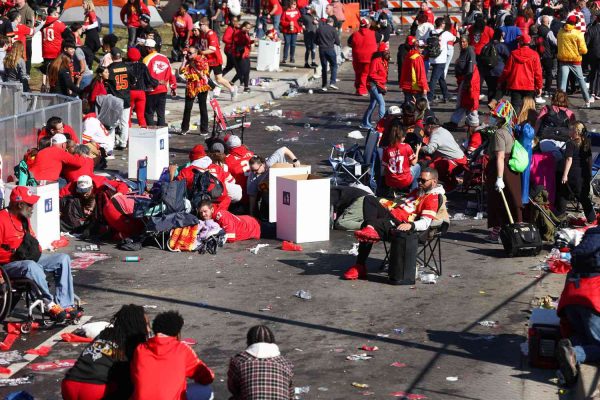
While all of the arguing goes on, we get more and more desensitized to the fact that people are dying simply because we harbor an egregious amount of guns in this country. The Super Bowl Parade is just another example of the severe normalization we have going on. Kristina Mayer shared that her family was at the parade when the shooting occurred. “My baby cousin was right next to one of the kids who were shot, and I’m devastated that he has to live with that image for the rest of his life. If anything, this whole thing has really opened my eyes to the severity of the situation. I’m truly grateful that my family is safe, and heartbroken for all those injured.” When asked about the incident, Mr. Houvouras expressed, “It’s just typical of America. It’s so sadly typical.” He further explains, “When you create a culture that is obsessed with guns and violence and has easy access to weapons, this is the exact result you’re going to get. The constant mass shootings show that there is an issue that is not being addressed.” The most disturbing part about all of this is that every single person The Blue and White interviewed for this article has known someone who has either been involved or lost their life to gun violence.
Furthermore, making sure guns end up in the hands of the right people is difficult. Mr. Whitcomb shared, “I think the main issue is that a lot of the gun violence is coming from people who already aren’t allowed to have them.” We can do background checks, but it’s hard to determine what exactly we’d be looking for. The thought would be to screen for a history of mental health issues, violence, aggression, etc. However, screening for certain things can be complicated, but important nonetheless. Other suggestions for reducing and preventing shootings from occurring include tighter gun laws and the elimination of guns—even if it’s more idealistic.
It is no surprise that you are reading another article about gun violence, and it should not surprise you when you read it again in the future. Unless America starts to properly address the problem, we can only send thoughts and prayers until it gets fixed.


